Should I Repair It or Replace It?
By Caren Baginski, HGTV.com
Even the most cost-conscious homeowners know that eventually everything from floors to appliances will wear out. Learn when it’s smarter and more cost-effective to repair before you have to replace.
Hardwood Floor

Photo ©iStockphoto.com/Juanmonino
Nearly all old or damaged hardwood floors can be repaired by skilled contractors, which may save you a pretty penny on installing new flooring. However, a few key signs indicate when total replacement is necessary: floors with structural subfloor issues; extreme movement between wood boards; and floors that have been sanded too many times, revealing nails or weak joints. Read more about when it’s worth saving hardwood floors.
Appliances
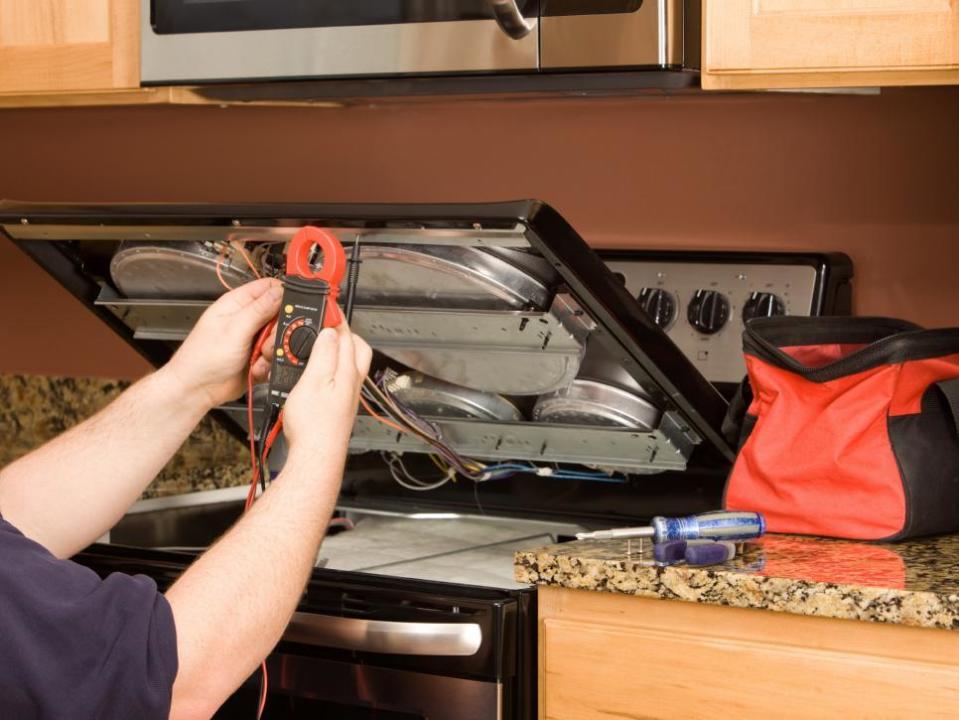
Photo ©iStockphoto.com/BanksPhotos
Should you track down a spare part to fix an appliance or bite the bullet and buy new? Visit RepairClinic.com to choose among common reasons why many household appliances stop working. Then, enter your appliance’s model number to quickly diagnose whether you can repair the issue and if it’s cost-effective. The website even has video how-to’s to get the job done yourself.
Faucet
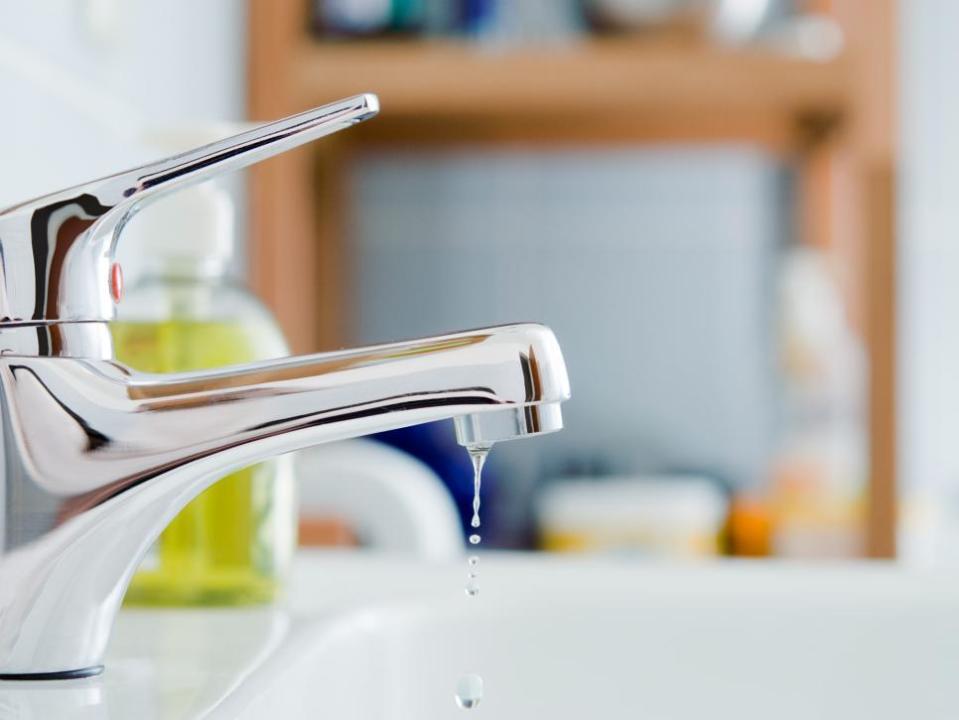
Photo ©iStockphoto.com/nicolas_
Leaky faucet? Do a quick Internet search of your faucet’s make and model to determine whether it’s a chronic problem or a possible one-time fix. Amazon.com reviews and online forums can reveal clues about whether O-ring or cartridge replacements are worth the time. Spare parts (if not antique or specialty) will almost always be significantly less expensive than a brand new faucet.
Asphalt Shingle Roof
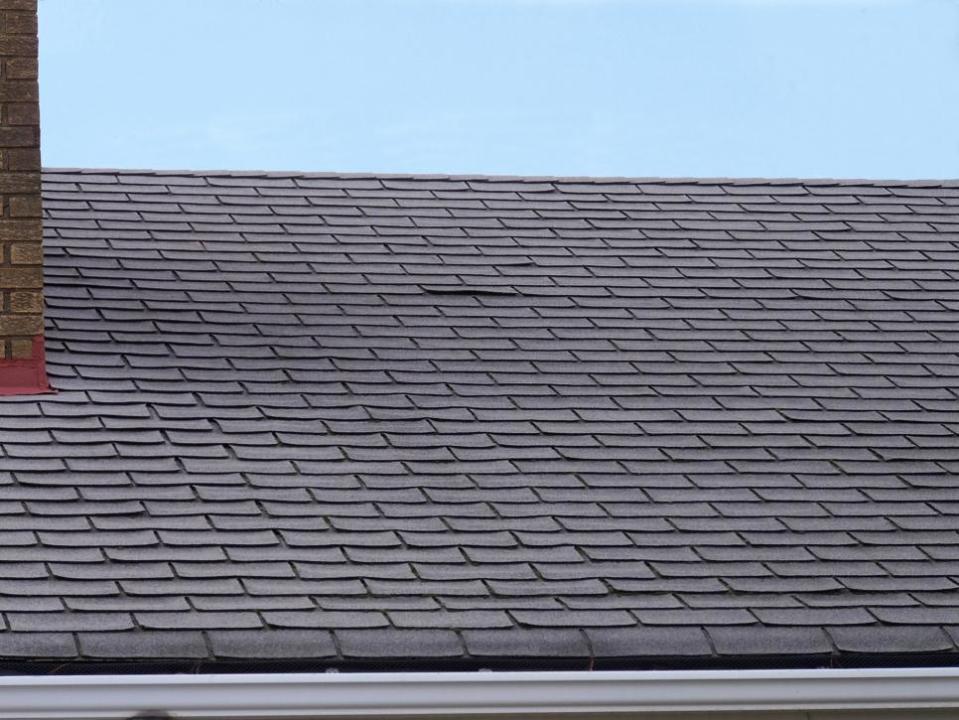
Photo ©iStockphoto.com/pipedreams
Roof replacements can be extremely costly — at least in the mid-thousands — and the bigger the roof the higher the cost. If asphalt shingle roofing hasn’t yet reached its limit of 20-25 years, try replacing individual shingles, especially “if they’re brittle, many granules are missing or they’ve curled,” says Tim Carter, builder/remodeler and founder of AskTheBuilder.com.
Tile Grout

Photo by DK - Do It Yourself Home Improvement ©2009 Dorling Kindersley Limited
Is discolored grout a sure sign that it’s time to replace rather than repair? To find out, take a closer look. If grout is structurally intact yet discolored, buy an inexpensive tube of grout reviver to bring back the clean look. However, if grout is missing sections or deteriorating, opt to replace by removing it with a grout raker. Then, spread fresh grout throughout. Find more details on replacing and repairing grout at DIYNetwork.com.
Windows
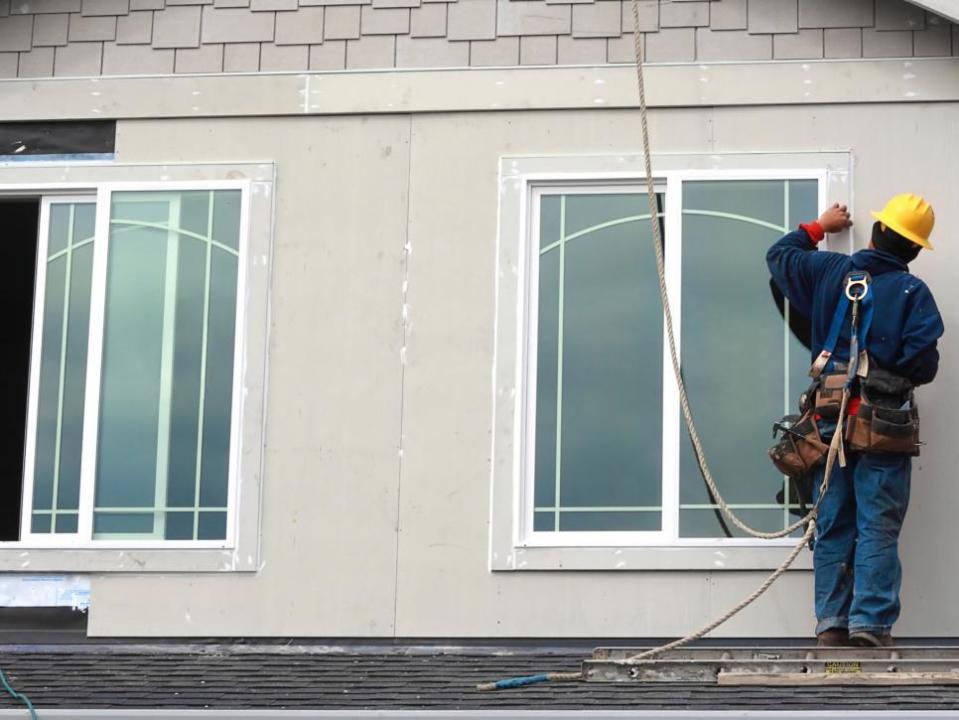
Photo ©iStockphoto.com/AlterYourReality
The primary goal of any new window installation is energy efficiency. But how do you know when to spend thousands to replace all your windows, rather than make a few minor repairs to achieve the same result? Decaying or rotting window casings need total replacement, as well as windows that don’t properly open and close. Otherwise, weather stripping and caulking can be applied to increase energy efficiency. Budget tip: Visit Homewyse.com to estimate the average cost to install replacement windows in your ZIP code.
Deck

Photo ©iStockphoto.com/-Oxford-
If deck structure is solid and built properly, you may only need to replace the rails and deck boards. “However, a lot of code changes in the last 10 years make it a good idea to consider rebuilding the entire deck in most cases,” says Jeremy Wrenn, President of Wrenn Home Improvements in Wake Forest, N.C. Big concerns include the proper installation of hangers, fasteners and especially bolts going through the deck band and into the house band. “Decks have collapsed from deck bolts not being installed or installed improperly,” he says.
Kitchen Cabinets

Photo ©iStockphoto.com/viki2win
Thinking about remodeling your kitchen because of a few damaged cabinets? Unless cabinets have water damage or structural defects, it’s worth repairing or refacing, rather than replacing. Cabinetry can make up 50 percent of a total kitchen renovation budget, so less expensive options such as swapping out a few shelves or doors can save you big — as long as the cabinetry layout remains functional. Read more about when you should reface or replace your kitchen cabinets.
Drywall
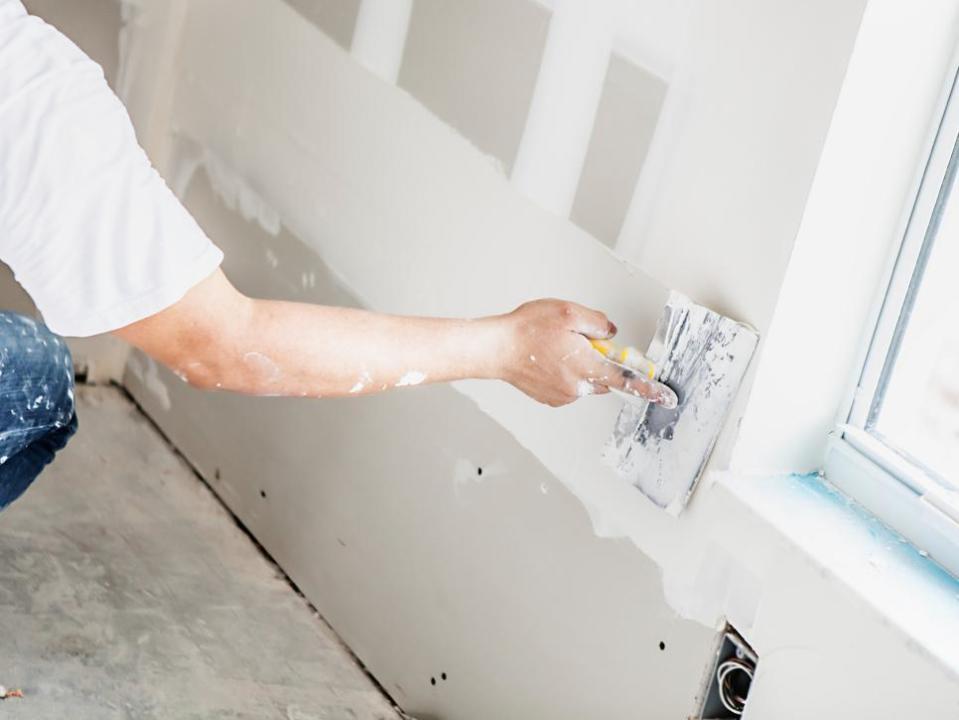
Photo ©iStockphoto.com/Jodi Jacobson
The type of damage will determine which route to take with drywall. If it has gotten wet or is moldy, choose to replace. “Moisture in drywall really weakens the integrity of the material, and if it’s been wet it’s usually best practice to replace it to save any potential of future ’re-repairs,’” says Jeremy Wrenn of Wrenn Home Improvements. If the drywall is damaged with a hole, Wrenn recommends repairing that section as long as the hole measures 6" x 6" or less.
Furnace
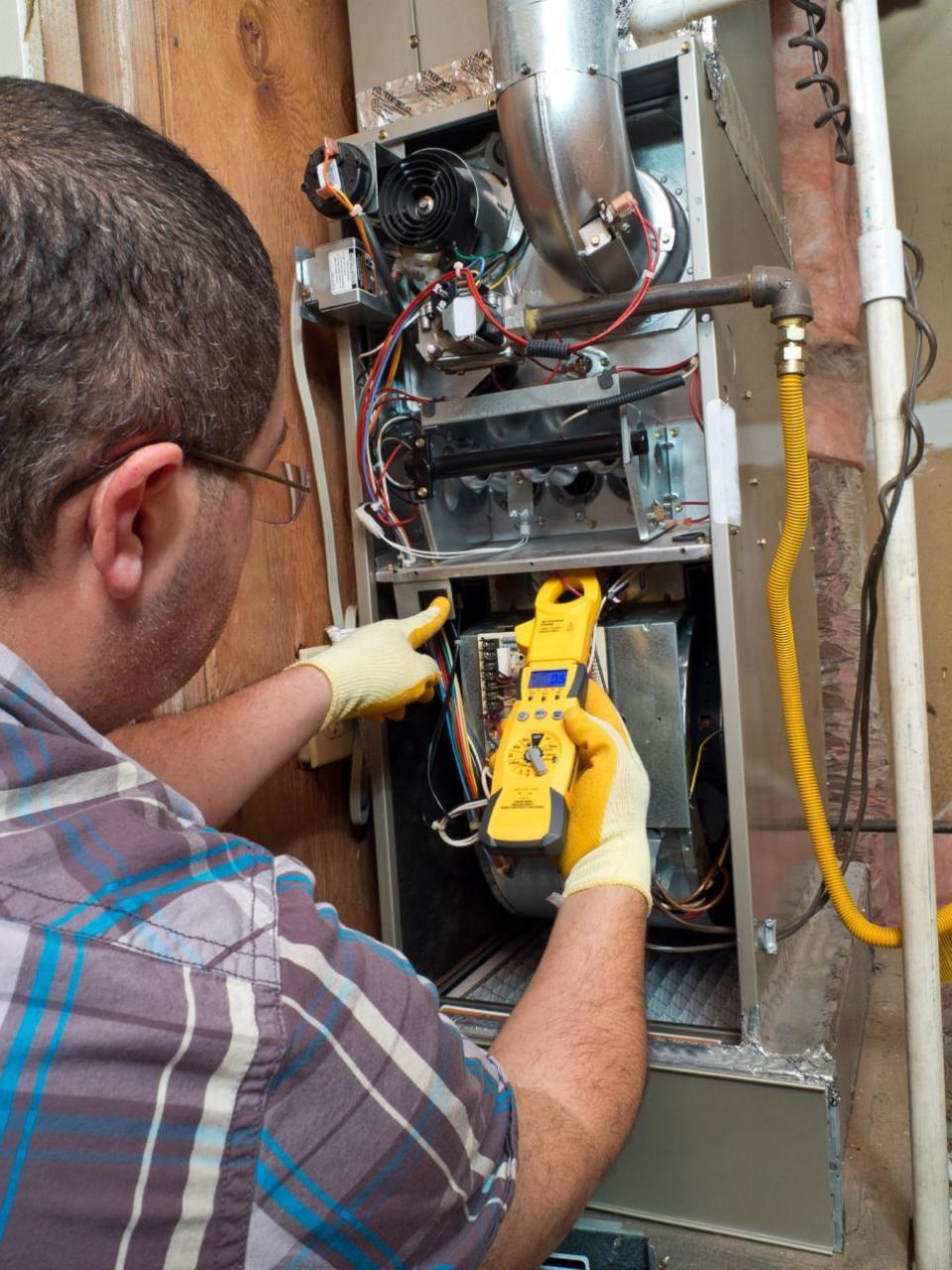
Photo ©iStockphoto.com/geotrac
Most furnaces last between 15 to 20 years. If repairs are significantly less than the cost of a new furnace, opt to fix. However, if the furnace is at the true end of its life cycle, avoid extra repair costs and replace with a more efficient model. Another factor? If the furnace is not sized correctly for the home, replacing it with the correct size will save you money and make the home more comfortable.
Gutters
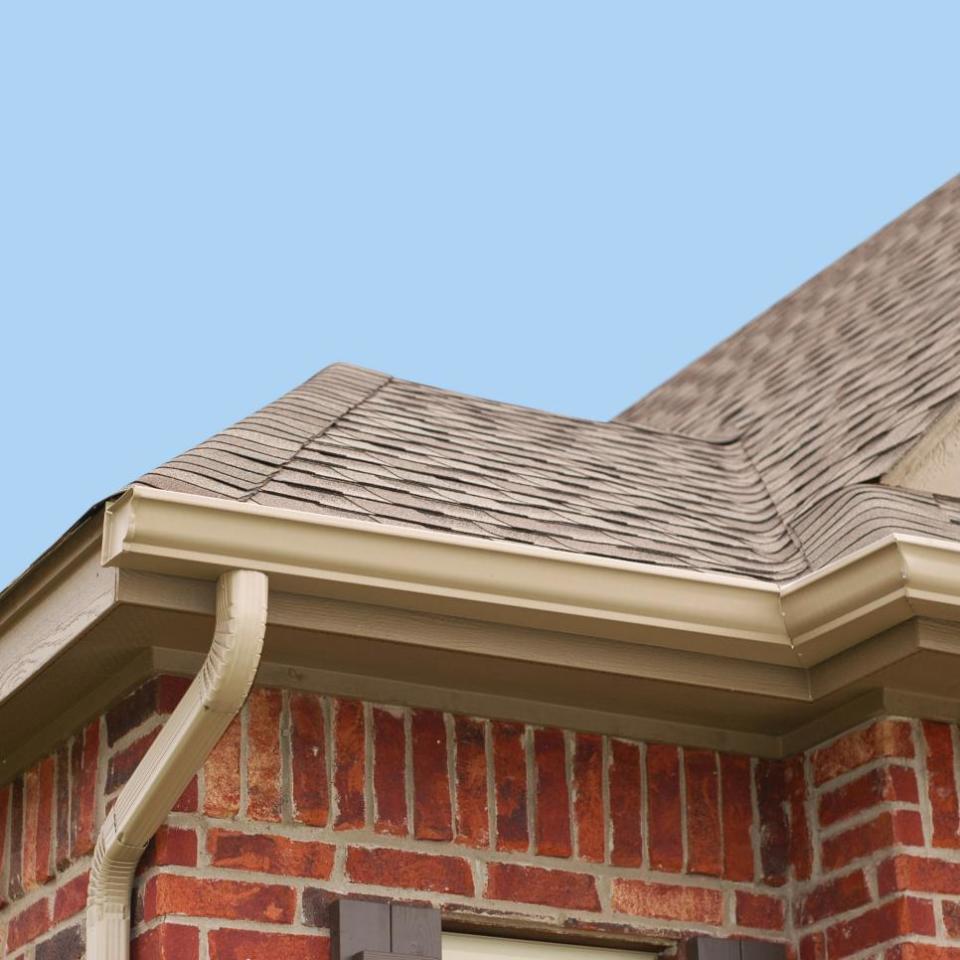
Photo ©iStockphoto.com/rickmartinez
Unless your gutter has been physically damaged in a storm — or left too many seasons uncleaned — many leaky issues can be fixed with the right adhesive. Usually, leaks occur where gutters meet at the corners of your home. If this is the case, seek out $5-10 gutter sealant or patch kits from your local hardware store. Apply the sealant to the inside of your clean gutter for an inexpensive fix. Find more tips on cleaning and maintaining your home’s gutters.
Garbage Disposal
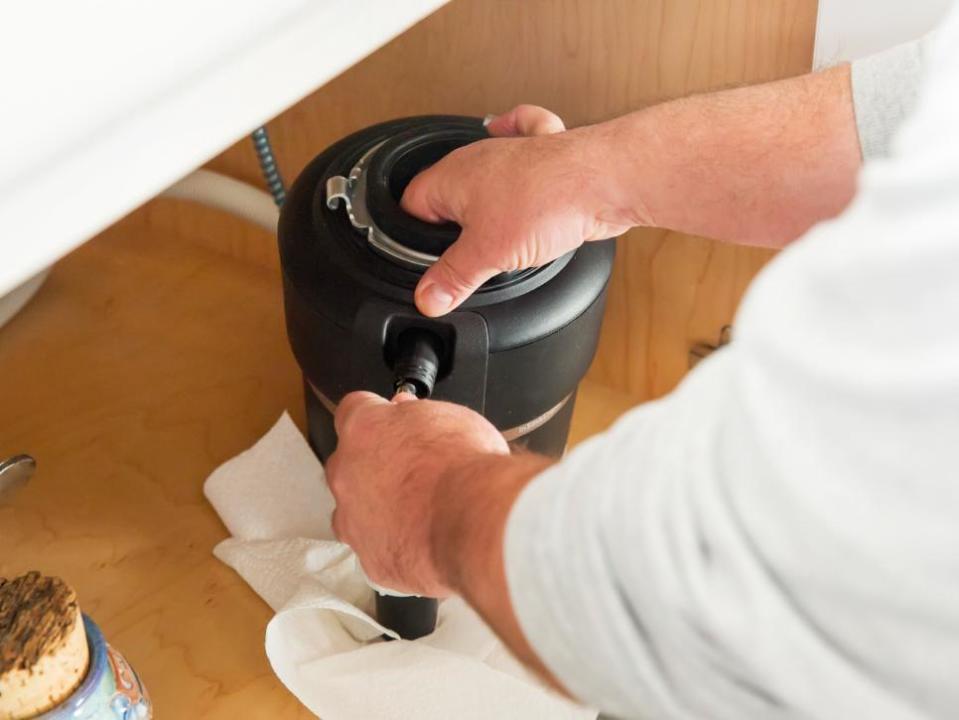
Photo ©iStockphoto.com/Jodi Jacobson
Stinky garbage disposal? It might be a sign of a disposal in need of attention. Time and use causes disposal blades to dull, leading to food stuck inside the trap. How do you know whether it needs a quick cleaning or a total replacement? If the disposal is less than 10 years old, consider having it serviced. If at the end of its lifespan with frequent jamming and persistent odor, opt to replace.
Toilet
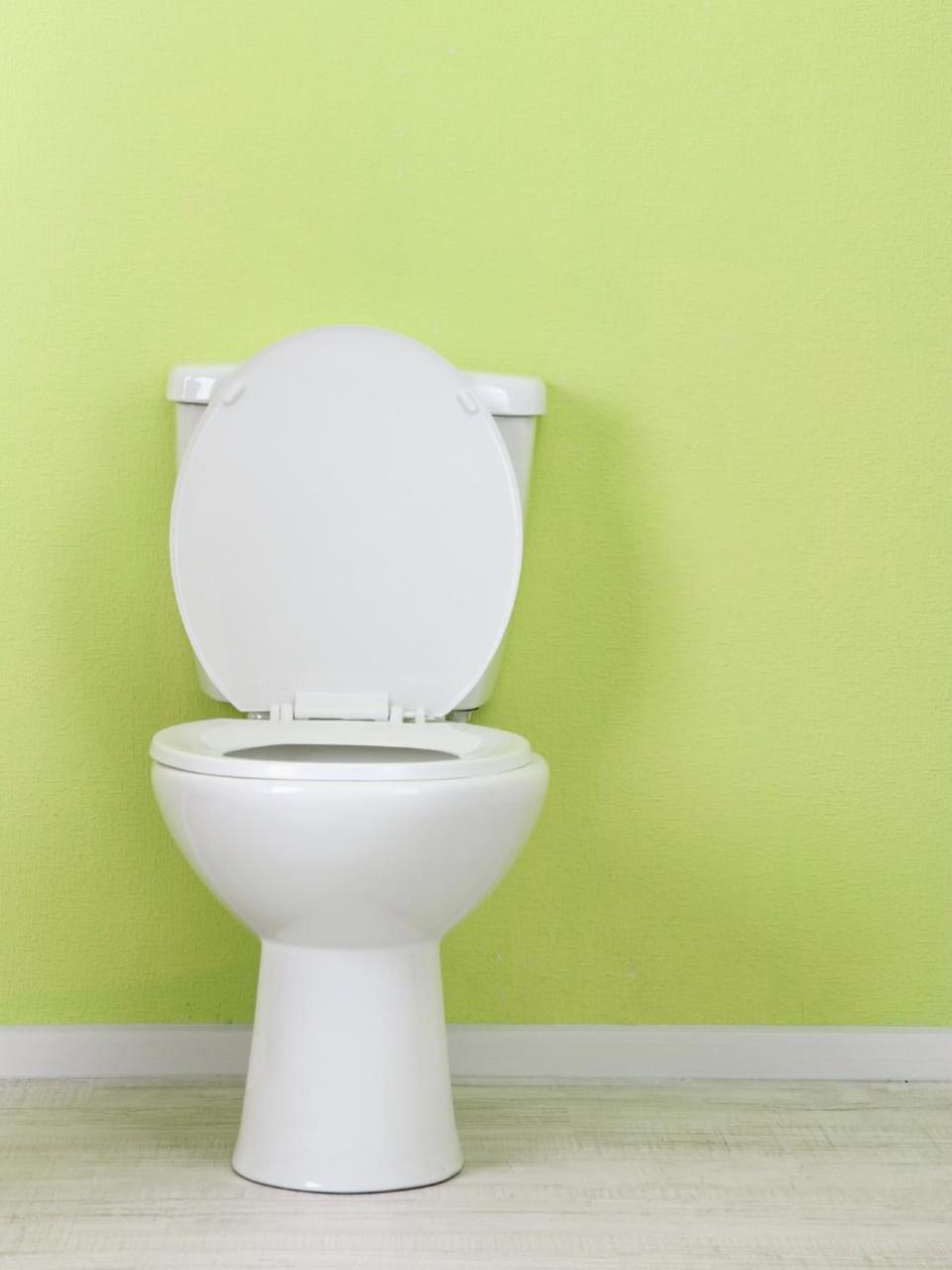
Photo ©iStockphoto.com/serezniy
Sure signs for replacing a toilet include recurring clogs, porcelain cracks and scratches, and needing to replace too many parts in the tank. But these days, one reason reigns supreme for replacing the porcelain throne: water conservation. Toilet flushing accounts for nearly 30 percent of residential indoor water consumption according to the Environmental Protection Agency (EPA). You can save $2,000 over the lifetime of the toilet in your home by going with a high-performance, low-flow option. That long-term savings trumps an inexpensive, temporary fix on an older toilet model.
Exterior Concrete
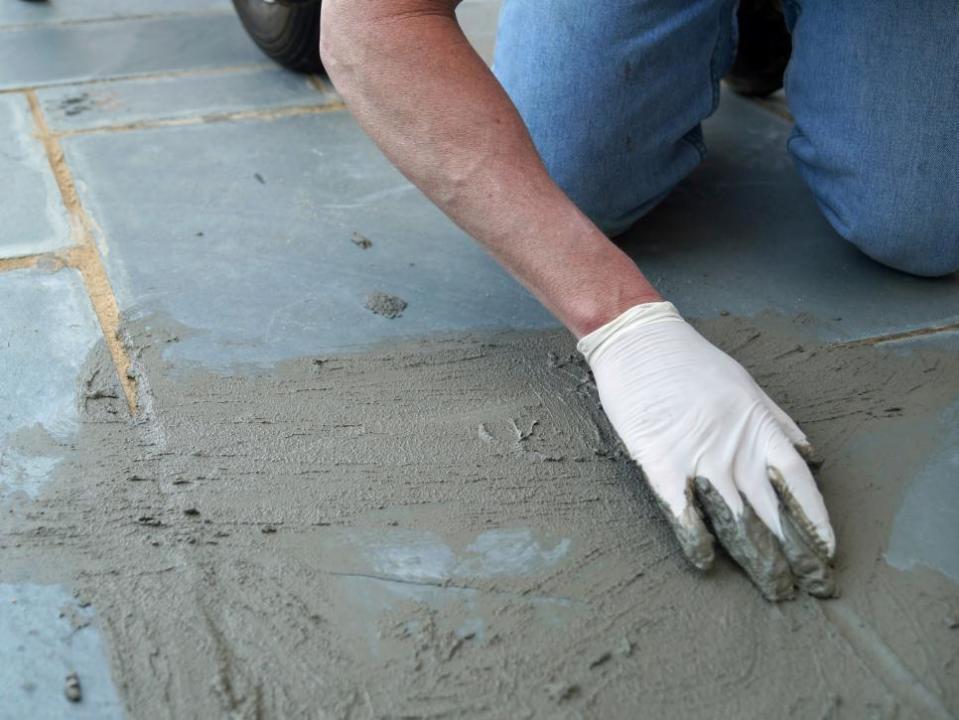
Photo ©iStockphoto.com/phillyskater
Shifting soils will cause concrete patios, steps and driveways to crack. Luckily, most surface defects and hairline cracks can be repaired with a thin overlay of cement stucco or mall-aggregate concrete, says Tim Carter of AskTheBuilder.com. For concrete that’s severely cracked, missing chunks or at different heights, he recommends replacing with steel-reinforced concrete that’s a minimum of 4,000 PSI strength. Learn more about repairing cracks in concrete with filler at DIYNetwork.com.
Air Conditioner
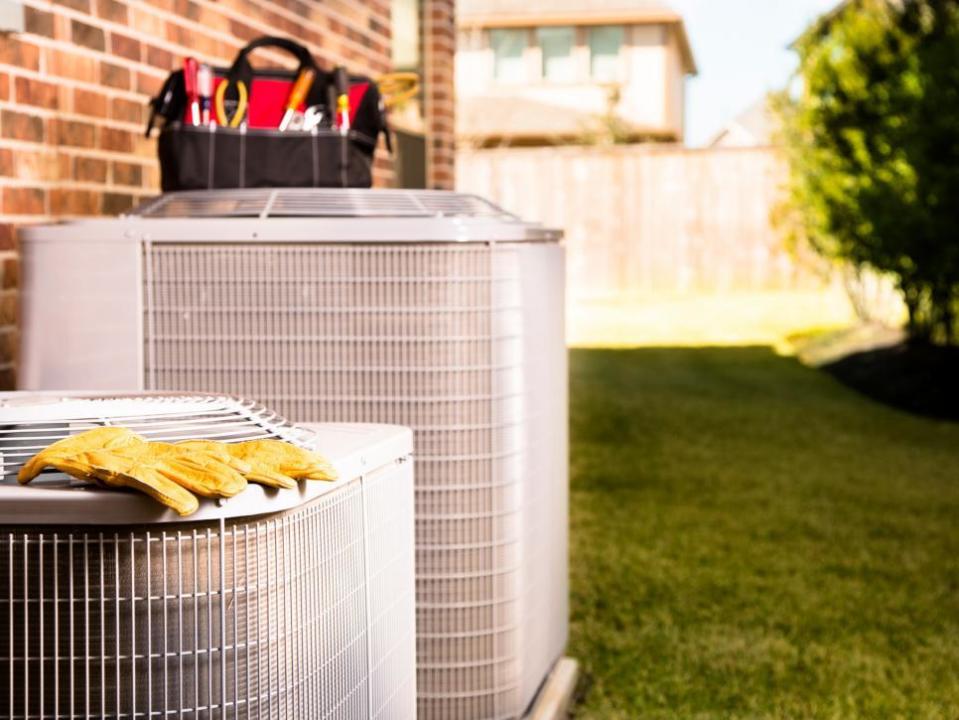
Photo ©iStockphoto.com/Pamela Moore
If your air conditioner is more than 10 years old, the EPA suggests replacing it with a unit that has earned the ENERGY STAR label to save up to 20 percent on cooling costs. Tell-tale signs of replacement: rooms are too hot or cold, your cooling system is noisy, frequent repairs are necessary, and your energy bills are growing more expensive. If your unit is young, only repair if it costs less than half of the appliance’s value to ensure the repair is cost-effective.

